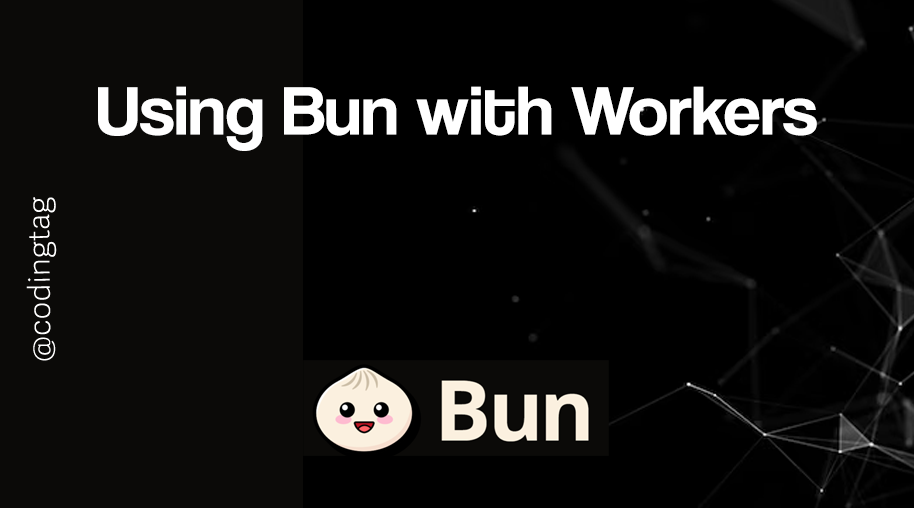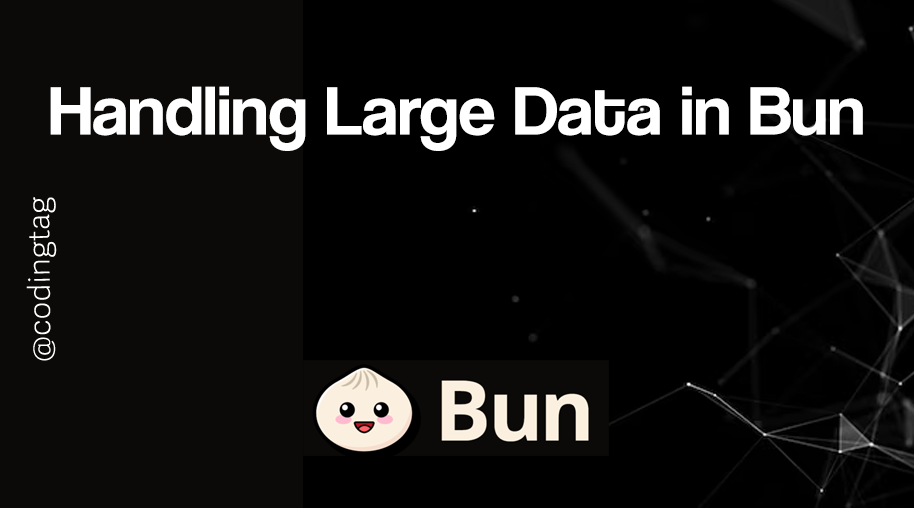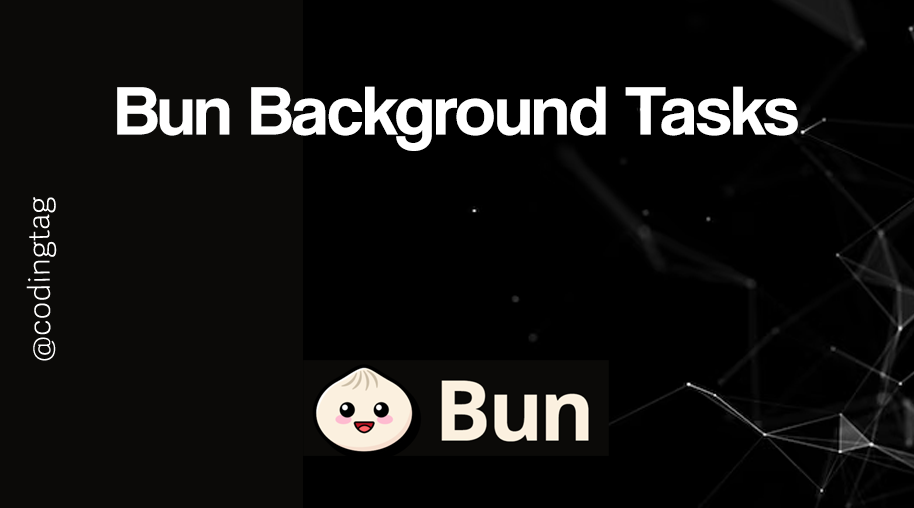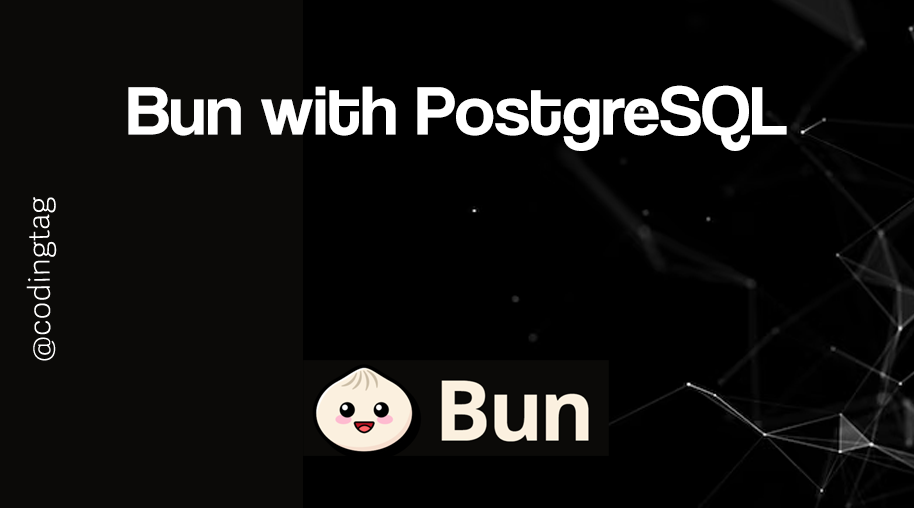Bun.js Basics Explained
0 617
Introduction to Bun.js
Bun.js is a modern JavaScript runtime that is built from the ground up for speed and simplicity. Unlike Node.js, which requires separate tools for bundling, testing, and package management, Bun brings everything together in one lightning-fast toolkit.
If you're new to Bun, this blog will walk you through its basic concepts and how it works.
What Makes Bun.js Unique?
Bun is written in Zig, a low-level programming language known for performance and safety. This allows Bun to outperform traditional JavaScript environments in both speed and efficiency.
Here's what sets it apart:
- All-in-one toolchain (runtime, bundler, package manager, test runner)
- Out-of-the-box support for TypeScript and JSX
- Blazing fast dependency installs
- Minimal configuration and fast startup
Installing Bun.js
Getting started with Bun is super simple. Run the following command in your terminal:
curl -fsSL https://bun.sh/install | bashAfter the installation is complete, verify it by checking the version:
bun --versionBasic Project Initialization
To quickly bootstrap a project, use Bun’s built-in init tool:
bun init
This command will generate a basic package.json file and optionally a starter file like index.ts.
Creating and Running a Simple Script
Here’s a basic script to log a message using Bun:
// hello.ts
console.log("Hello from Bun.js!");
To run the script, simply execute:
bun run hello.tsNo extra setup needed — Bun handles both JavaScript and TypeScript files seamlessly.
Working with Bun's Package Manager
Bun comes with a built-in package manager that's dramatically faster than npm or yarn. To install packages, use:
bun add axiosTo remove a package:
bun remove axiosUsing the Built-In Bundler
Bun can bundle your JavaScript and TypeScript files without external tools. This is especially useful for deploying frontend assets.
You don’t need Webpack or Rollup anymore.
bun build index.ts --outfile=bundle.jsSimple HTTP Server with Bun
Here’s a minimal example of creating an HTTP server using Bun’s native runtime:
// server.ts
export default {
port: 3000,
fetch(request: Request) {
return new Response("Hello from Bun HTTP Server!");
},
};
Run the server with:
bun run server.ts
Then visit http://localhost:3000 in your browser to see the output.
Bun.js vs Node.js: The Basics
Here’s a quick comparison to help you understand where Bun shines:
| Feature | Bun.js | Node.js |
| Speed | Very Fast | Moderate |
| Bundler | Built-in | Requires external (e.g. Webpack) |
| Package Manager | Built-in | npm/yarn/pnpm |
| TypeScript Support | Native | Needs tsc or Babel |
Conclusion
Bun.js is reshaping the JavaScript ecosystem with its unified approach, blazing performance, and developer-first design. If you're just starting with Bun, you now know how to install it, run basic scripts, manage packages, and understand why it's gaining so much popularity.
Whether you’re building frontend apps, APIs, or full-stack solutions, learning the basics of Bun.js sets the stage for faster, cleaner development workflows.
If you’re passionate about building a successful blogging website, check out this helpful guide at Coding Tag – How to Start a Successful Blog. It offers practical steps and expert tips to kickstart your blogging journey!
For dedicated UPSC exam preparation, we highly recommend visiting www.iasmania.com. It offers well-structured resources, current affairs, and subject-wise notes tailored specifically for aspirants. Start your journey today!

Share:






Comments
Waiting for your comments